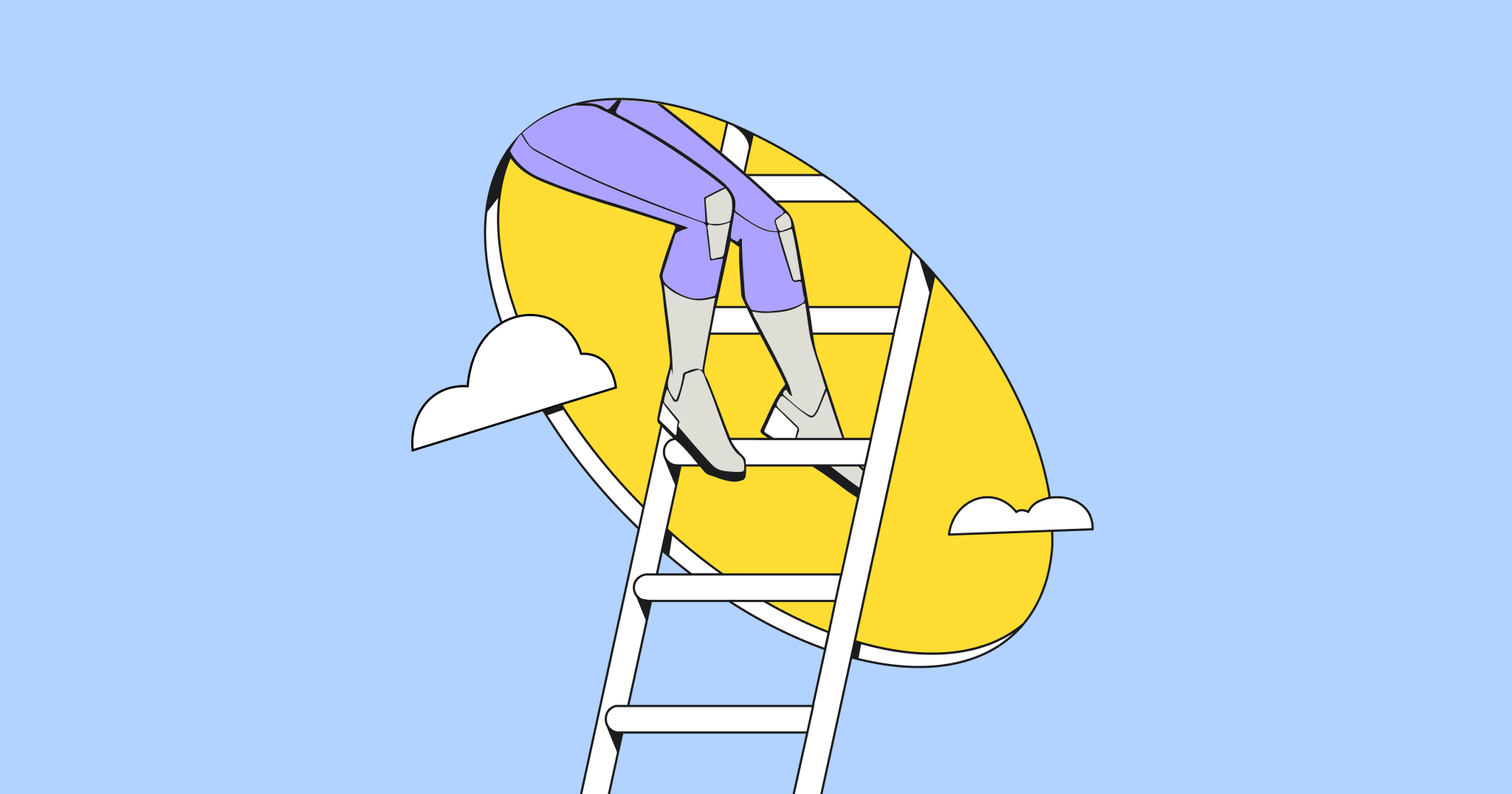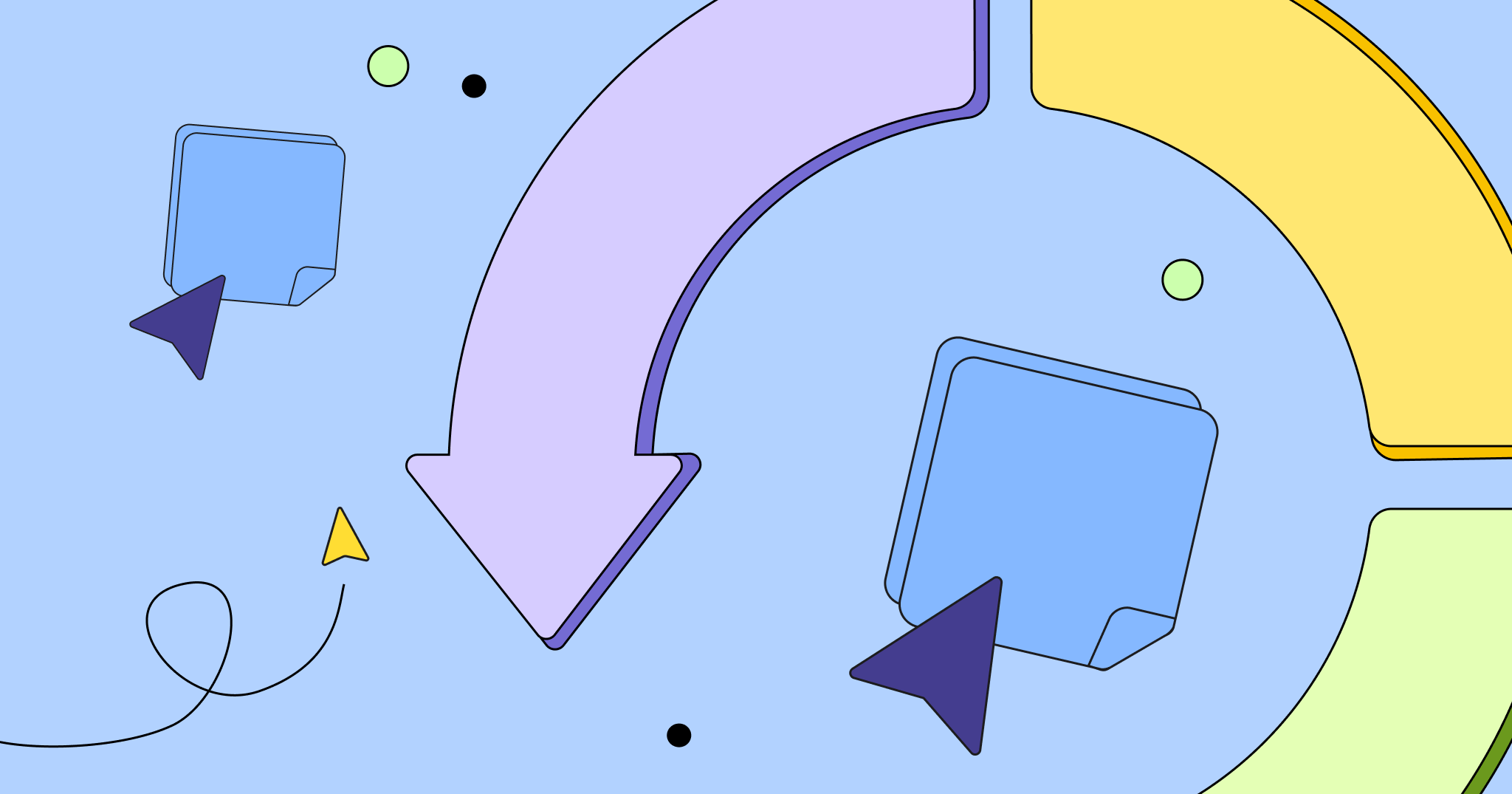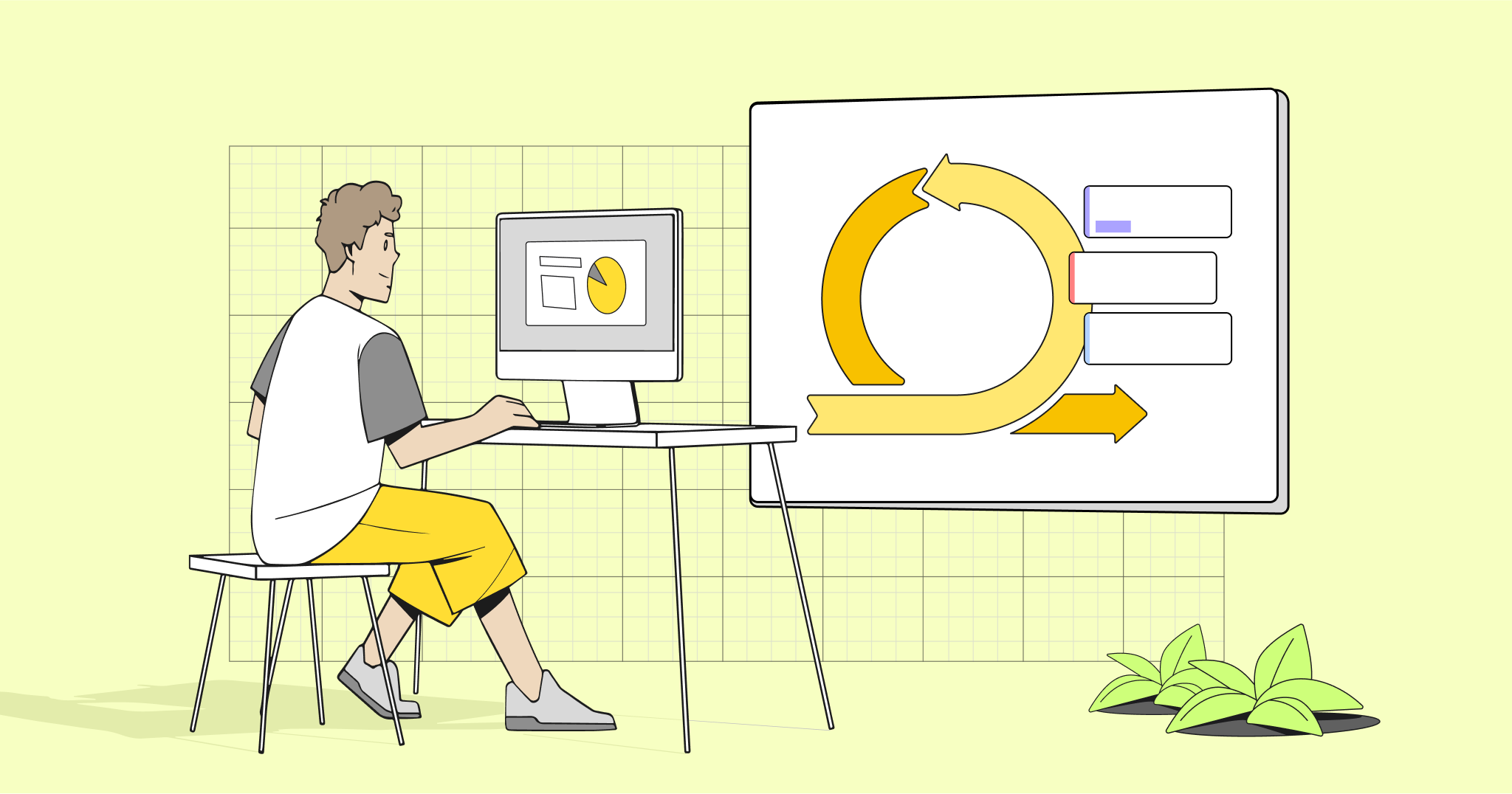“Collaboration” features in nearly every job description, at nearly every company, regardless of seniority, industry, or scale. Everyone clearly values team players and wants their employees working effectively with each other, but do we really know what “good collaboration” actually looks like?
Not all “collaboration” is truly collaborative
To understand the difference, let’s explore a unique case – the joint venture between the lean, quality-focused Toyota and a bloated 1980s General Motors (GM). At that time, GM was struggling with poor quality.
Frank Langfitt, former NPR Automotive Correspondent, described the dire situation at GM: “The results were littered around the lots outside. Hundreds of misassembled cars… with engines put in backwards, cars without steering wheels or brakes. Some were so messed up they wouldn’t start, and had to be towed off the line. Fixing them piled on more costs, and sometimes, taking them apart and putting them back together, workers damaged them even more.”
As part of the joint venture, American workers went to Japan to learn Toyota’s production system and immerse themselves in the surrounding culture. Just three months after the intervention, cars were coming off the line with near-perfect quality ratings. The goal was the same, the people were the same. So, what changed?
Jeffrey Liker, University of Michigan professor and author of The Toyota Way, explains: “(The American workers would) start to do the job, and they were pretty proud, because they were building cars back in the United States. And they wanted to show they could do it within the time allotted, and they would usually get behind, and they would struggle, and they would try to catch up. And at some point, somebody would come over and say, do you want me to help?
And that was a revelation, because nobody in the GM plant would ever ask to help. They would come and yell at you because you got behind.
Then, the biggest surprise was if, when they had those problems, afterward, somebody would come up to them and say, what are your ideas for improvement so we don’t have that problem again?”
Workers were seeking each other out to openly ask for help and provide support without blame. Groups of workers were meeting in learning circles to reflect on their experience, explore issues, and identify improvements. During those daily investigative sessions, the teams were learning as a group, and over time were able to massively improve their processes. They were able to identify improvements that no external consultant could identify and implement changes that couldn’t have been made if they were working separately.
Those sessions prompted a big shift: from co-acting to collaborating.
Co-acting vs. collaborating
At GM, everyone was playing a necessary part in the process. But each individual was not acting interdependently. And, as the months and years ran on, they weren’t generating new knowledge and improving the system.
When teams are just splitting up tasks to perform in parallel, they are “co-acting” not “collaborating.” Trust is limited, so individuals don’t ask tough questions, reach out in difficult moments, or lean in to support. There isn’t a focus on generating collective knowledge for the group. Individuals may be getting something from this process, but they’re not learning from perspectives or building a team that can tackle future challenges.
When you move to a collaborative approach, everyone who is performing a task is more deeply interdependent. The group gets together to ask questions, challenge hypotheses, and continually learn from each other. The result? Teams that truly collaborate can generate learning that isn’t possible working alone.
Co-acting
- Splitting up tasks and performing them in parallel
- Providing status updates
- Proceeding without questions or feedbac
- No group learning is generated
Collaborating
- Performing interdependent actions to complete a task
- Reflecting and sharing observations with the group
- Actively help-seeking
- Group generates learnings that wouldn’t have been possible working alone
The behaviors that lead to good collaboration
So, if our focus is on collaboration rather than co-acting, how do we move in that direction? What behaviors do we encourage? To help answer that, we turn to Professor Daniel Wilson, now Director of the Project Zero Classroom at Harvard. Wilson has examined team performance in one of the world’s toughest orienteering competitions, the 500-mile “Primal Quest Adventure Race” in which more than half of the expert teams do not even finish.
He found that communication sharply differed between winning teams and those who failed to complete the epic journey. High performing teams:
- Asked for help: with authentic and specific questions, aimed at clarifying ambiguity, revealing assumptions and goals.
- Provided coaching answers: with a perspective that is conditional not absolute, welcoming further discussion, and connected to what others say.
The way these teams raised doubts on their course – and the way they responded to these doubts – influenced whether they made their way out of the wilderness or needed saving. Similarly, “help-seeking” and “coaching” behaviors can impact how any of our teams find and execute success strategies.
If you’re not asking those questions at all – or if you’re waiting too long to ask them – then you’re probably not actively involved in creating a solution: which is designing a path toward the goal. Maybe you realize that you don’t know where you are or what a landmark is, but you assume you’ll get more information later. At work, you may not understand a customer’s particular pain points, but decide to just keep working on your project without gathering more insight.
Looking for a innovative, remote collaborating tool? Try Miro free
How to encourage help-seeking
Why is help-seeking so hard? Largely, it’s because of the vulnerability needed to share uncertainty. And this vulnerability requires trust. As a team lead – or even a team member who wants to improve collaboration – you need to be empathetic, see the other person’s perspective, and use coaching behaviors to encourage help-seeking and welcome further discussion.
First off, when someone asks a question, don’t just provide a factual, absolute answer. Instead, share the conditional assumptions your perspective is based on, actively listen to their response, then ask a follow-up question to see if they could use more information. It’s one of the key differences between telling and teaching.
Using coaching behaviors makes it easy to check the other person’s understanding, give them an opportunity to ask more questions, and to help them learn – rather than just providing information. These behaviors have two outcomes: they create more group knowledge, and they build a trusting environment in which everyone is more comfortable seeking help.
Co-acting vs. collaborating in the workplace
Companies of all sizes can learn to move beyond co-acting and into successful collaboration. At an early-stage company, people are very aware of what each other is working on, and it’s easy to share information. Knowledge-sharing happens organically, even though large chunks of work are spread among different individuals. An engineer may sit next to a customer success manager and be heavily exposed to customer requests without even realizing it.
As companies scale, people work on more distinct areas. You may also now have multiple offices, combinations of remote and local employees, countries and timezones, all of which can make knowledge sharing and collaboration much more challenging. But to counteract these, you can introduce collaborative virtual spaces, like Miro, which have features that encourage help-seeking and knowledge-sharing regardless of function or location. How you use these collaborative platforms are just as important as the kinds of conversations teams members have.
For example, you could use comments to ask clarifying or probing questions on a project that is happening at another office, in another timezone. Each comment can build on the other, and you can do it in real time or asynchronously. And you can continue to iterate on different versions of the same project across the board, so everyone can see the progress.
Here are some templates to drive true distributed collaboration, not just virtual co-acting.
Another popular area where we see the need for true collaboration is on teams that use agile practices. In agile, we don’t start out knowing the solution to our challenge. We need teams to be generating knowledge as fast as they can, through prototyping and retrospectives, constantly asking questions, bringing observations back to the group, and sharing knowledge. Applying our lessons from the adventure race, we can examine the impact that encouraging help seeking and coaching behaviors can have.
- In sprint planning, are teammates surfacing gaps in knowledge proactively and encouraging the group to explore them?
- In retrospectives, are people really being vulnerable and admitting that they don’t always know an answer?
- In collaborating virtually in Miro, are teammates proposing specific questions to be answered, or just saying, “Leave comments if you have them”?
- Are the people who are responding asking followup questions and surfacing their assumptions?
To achieve peak performance in the jungle of relationships and responsibilities that comprise every scaled organization, we need to learn how to help one another, embrace uncertainty, and truly collaborate as a team.




